Many state, federal and local government agencies, non-profit organizations, academic institutions, industry representatives and the public are working together to protect the Great Salt Lake. Several councils and committees also contribute.
The graphic below illustrates the array of organizations involved and invested in Great Salt Lake issues. While each entity and project has its own mission, tasks or directives, they are all working together to protect the lake. The graphic is by no means exhaustive of all of the groups dedicated to protecting the lake, rather it provides a glimpse into the management complexity of the Great Salt Lake.
State Agencies
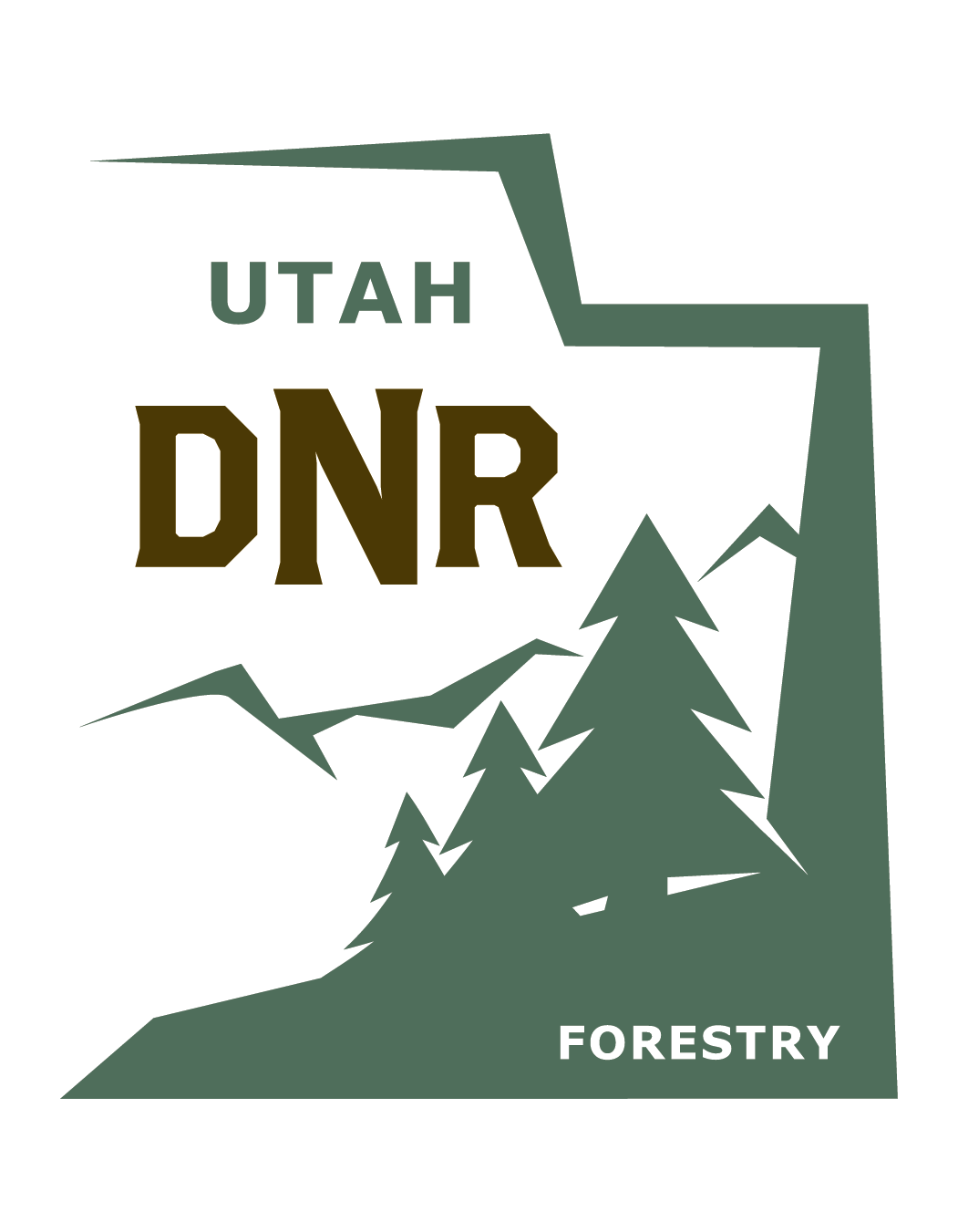
Forestry, Fire and State Lands
The Division of Forestry, Fire and State Lands has management jurisdiction over lands below the Great Salt Lake meander line and all of Fremont Island.
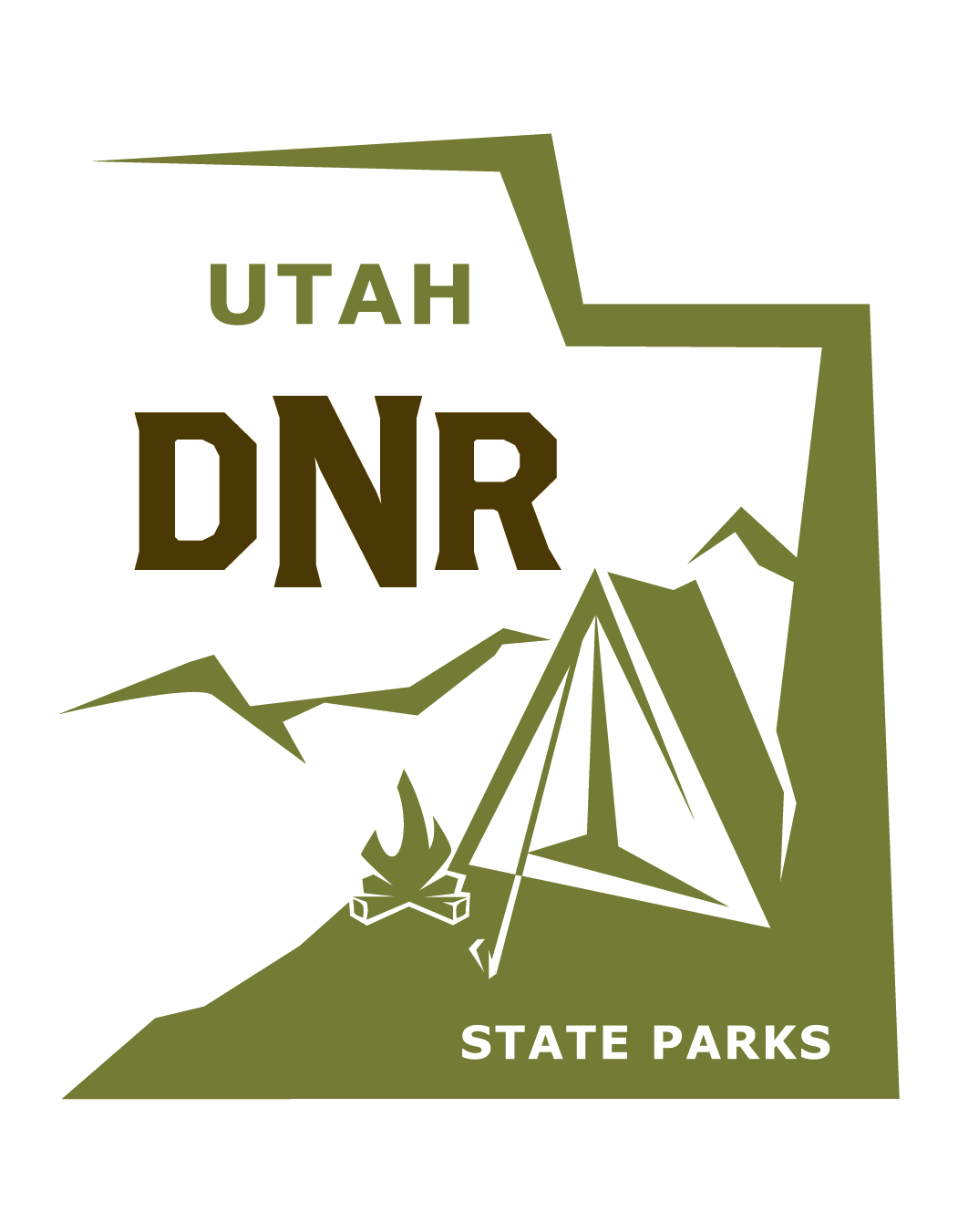
State Parks
Utah State Parks manages two parks on the Great Salt Lake: Antelope Island State Park and Great Salt Lake State Park.

Geological Survey
The Utah Geological Survey monitors the salinity and geochemistry of the lake, studies groundwater, keeps a record of mineral production and value, and more.
Air Quality
The Division of Air Quality works to safeguard and improve Utah’s air, land and water through balanced regulation.
Water Quality
The Division of Water Quality protects the lake’s beneficial uses through the application of water quality standards, permit limits based on those criteria and antidegradation reviews.
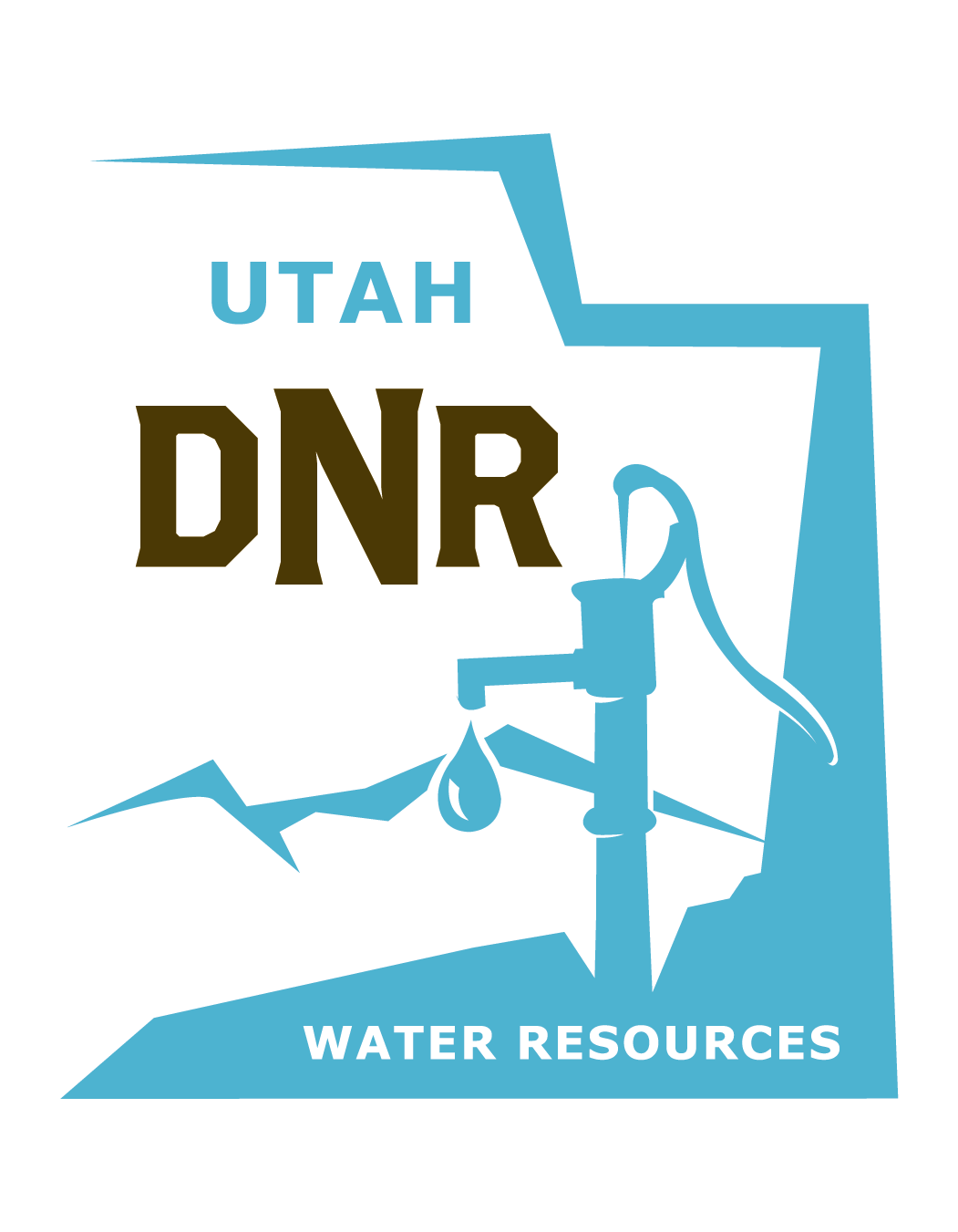
Water Resources
The Division of Water Resources studies and models the lake and the rivers that feed the lake, administers water conservation programs and manages cloud seeding.

Wildlife
The Division of Wildlife Resources’ Great Salt Lake Ecosystem Program manages the lake’s avian and aquatic communities.
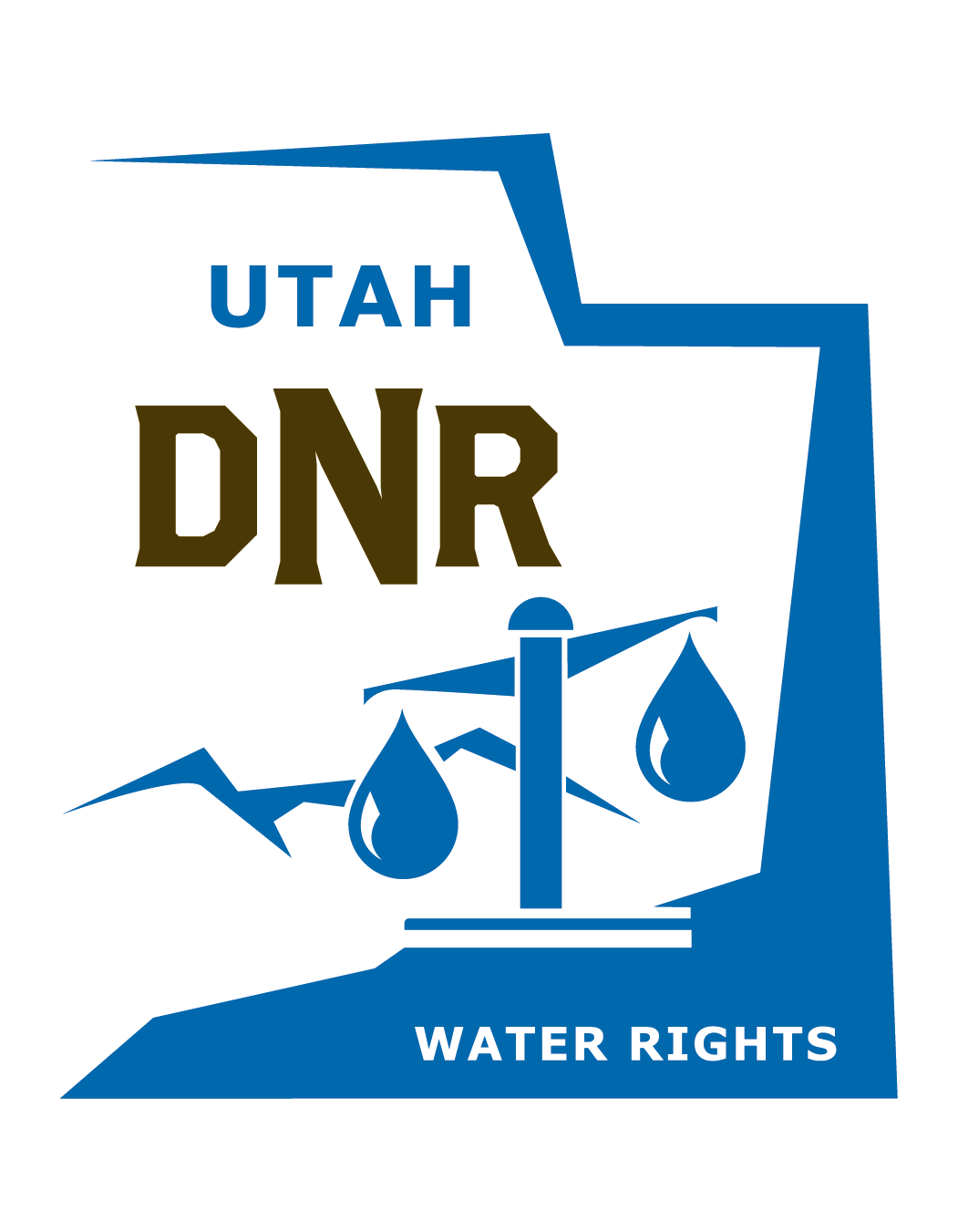
Water Rights
The Division of Water Rights administers the appropriation and distribution of the state’s water. In 2022, Gov. Cox suspended the Great Salt Lake basin appropriations.
Federal Agencies
USGS
United States Geological Survey has been collecting water surface elevation data from the Great Salt Lake since 1875 and continuously since October 1902.
NRCS
Natural Resources Conservation Service helps reduce soil erosion, enhance water supplies, improve water quality, increase wildlife habitat and reduce flood damage.
Fish and Wildlife Service
Fish and Wildlife Service manages Bear River Migratory Bird Refuge. Its marshes are the largest freshwater component of the lake’s ecosystem and an oasis for wildlife.
Non-profit Agencies
The Nature Conservancy
The Nature Conservancy has worked for more than 20 years to protect the Great Salt Lake and its wetlands. TNC and Audubon’s Saline Lakes Program are working together to administer the Great Salt Lake water trust.
Audubon
National Audubon Society has been working to protect the Great Salt Lake and its wetlands for more than 25 years. Audubon’s Saline Lakes Program and TNC are working together to administer the Great Salt Lake water trust.

FRIENDS of Great Salt Lake
FRIENDS of Great Salt Lake was founded in 1994 and works to increase awareness of the lake through education, research, advocacy and the arts.
Academic Partners

Great Salt Lake Institute
The Great Salt Lake Institute was established in 2008. Staff and students engage in outreach, projects, research and field trips to the lake.

Belovsky Lab
Dr. Gary E. Belovsky has studied brine shrimp, brine flies, birds, algae and bioherms in the Great Salt Lake ecosystem for more than 22 years.

Utah State Institute for Land, Water & Air
The Institute for Land, Water & Air connects USU’s research programs with state, county and city governments to help protect Utah’s quality of life. The institute was established in 2021.

The Wilkes Center
The Wilkes Center for Climate Science & Policy at the University of Utah strives to provide transformative, integrative and cutting-edge science, education, entrepreneurship and practical solutions to tackle climate change in Utah, the United States and the globe.
Councils & Committees
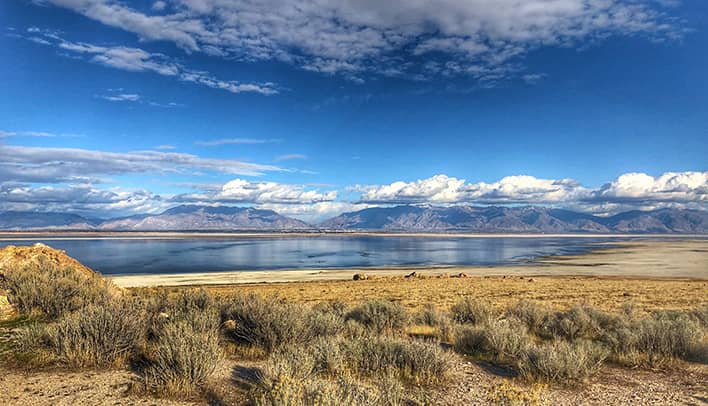
Advisory Council
In 2010, House Bill 343 created the Great Salt Lake Advisory Council to advise on the sustainable use, protection and development of the lake. Members are appointed by the governor and represent a variety of interests.
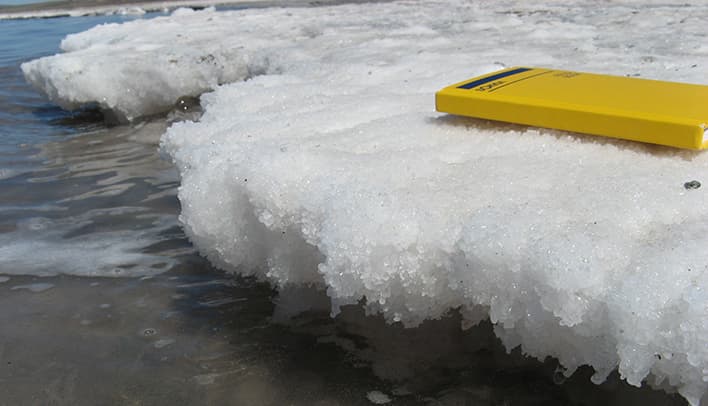
Salinity Monitoring
The Salinity Advisory Committee provides recommendations to the Division of Forestry, Fire and State Lands and Division of Water Quality on the short- and long-term management of the lake’s salinity.
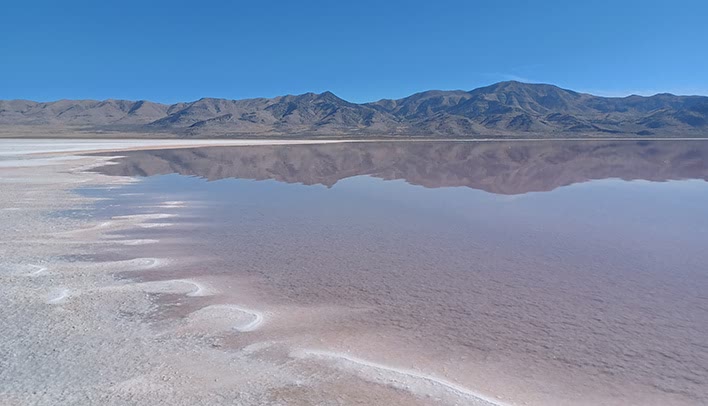
Technical Team
The Technical Team provides guidance and recommendations for monitoring, management and research of the ecosystem and provides a forum for idea-sharing on things that affect the lake system.